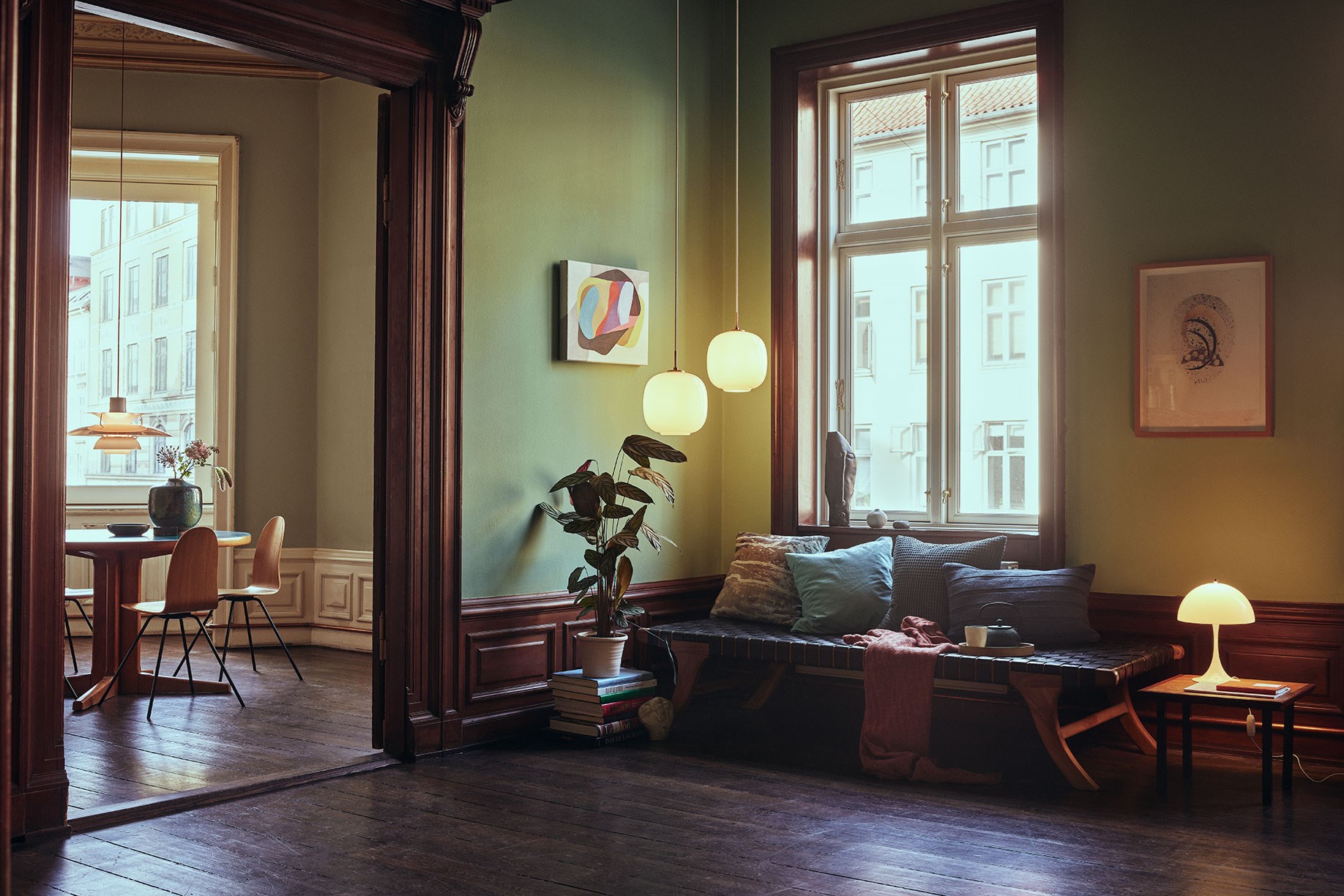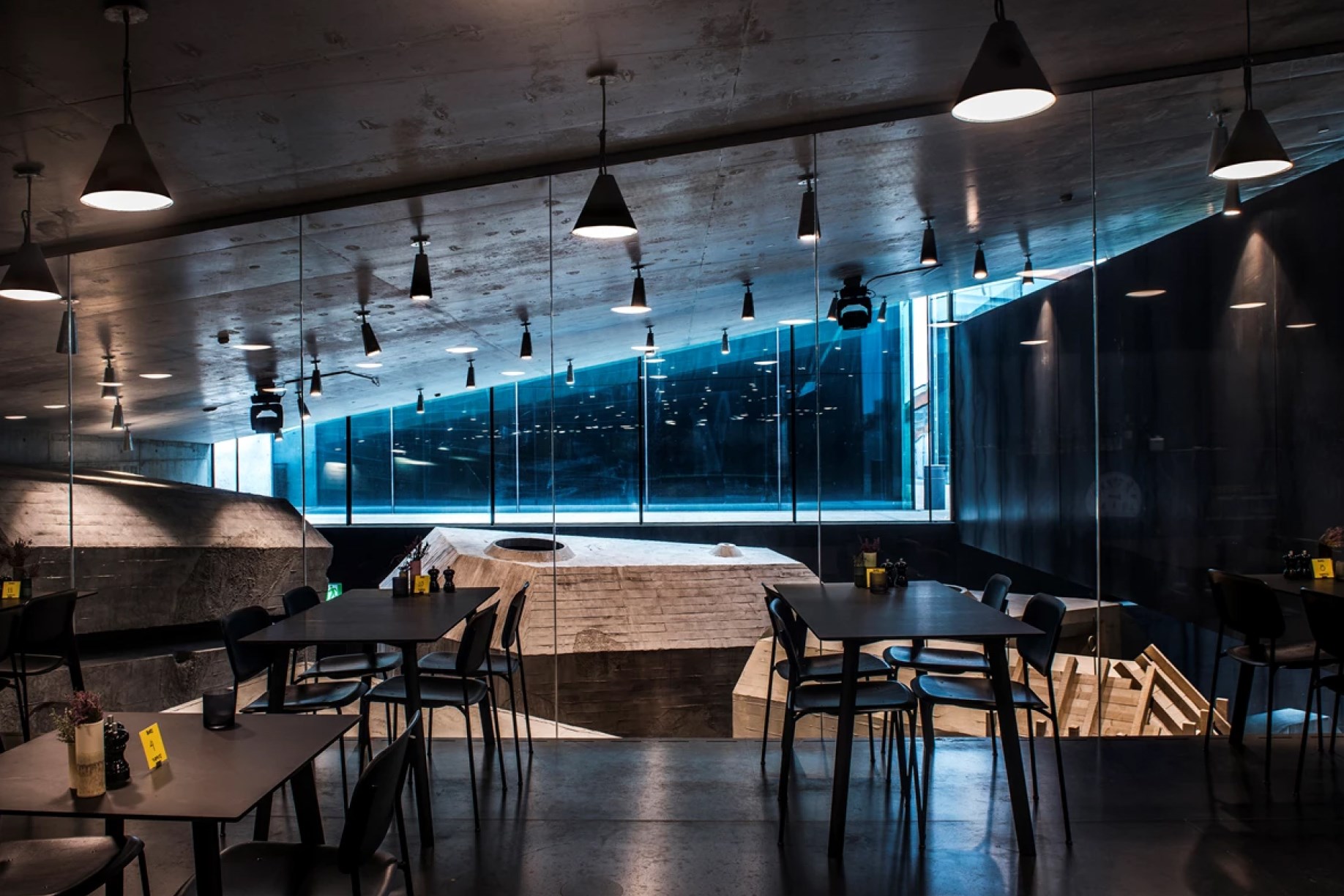Colour temperature
When designing the perfect space with light, choosing the right colour temperature plays an important role. Since Edison’s first electric light bulb, we’ve been served with the same yellow glow. With today’s LED technology, light comes in many different colour temperatures and gives a lot of options to choose from.
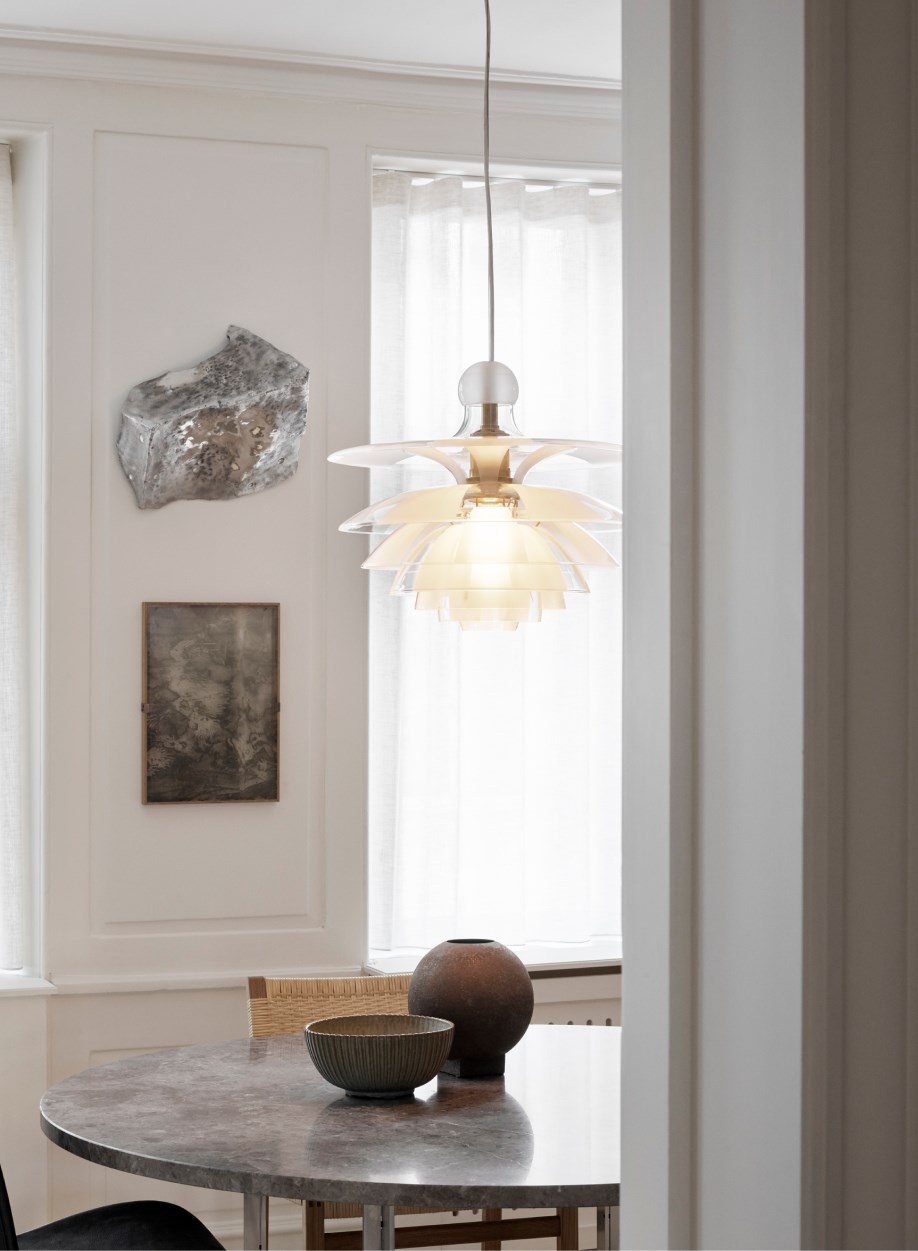
Lighting preference is always subjective, but choosing the right color temperature is a matter of both considering function and knowing about the effects of light. Inviting you into the world of color temperature, we provide you with knowledge to help you create the optimal ambiance when lighting a room.
Measuring color temperature
Color temperature of light sources, also known as Correlated Color Temperature (CCT), are measured from the Kelvin scale named after the British physicist William Thomsen, also known as Lord Kelvin. Measuring LED color temperature in Kelvin (K), the CCT indicates if the light is warm and yellow or brighter with blue nuances. The light of a candle or a sunset measures around 1900K while the blue sky measures 10.000K.
The right color temperature for the right space
Commonly there are three primary ranges of color temperature:● a soft and warm light at 2700K-3000K
● a bright, cooler white light at 3500K-4100K
● daylight at 5000K-6500K
These three ranges of color temperature have different effects on us, so even though our eyes have become accustomed to the warm, yellow light from the incandescent light bulb, this light isn’t ideal for every room. The warm light has a relaxing effect and helps us to calm down, while a cool, white light and daylight help us to be productive and attentive. Knowing about how color temperature affects mood and productivity, you can choose the right light according to the space.
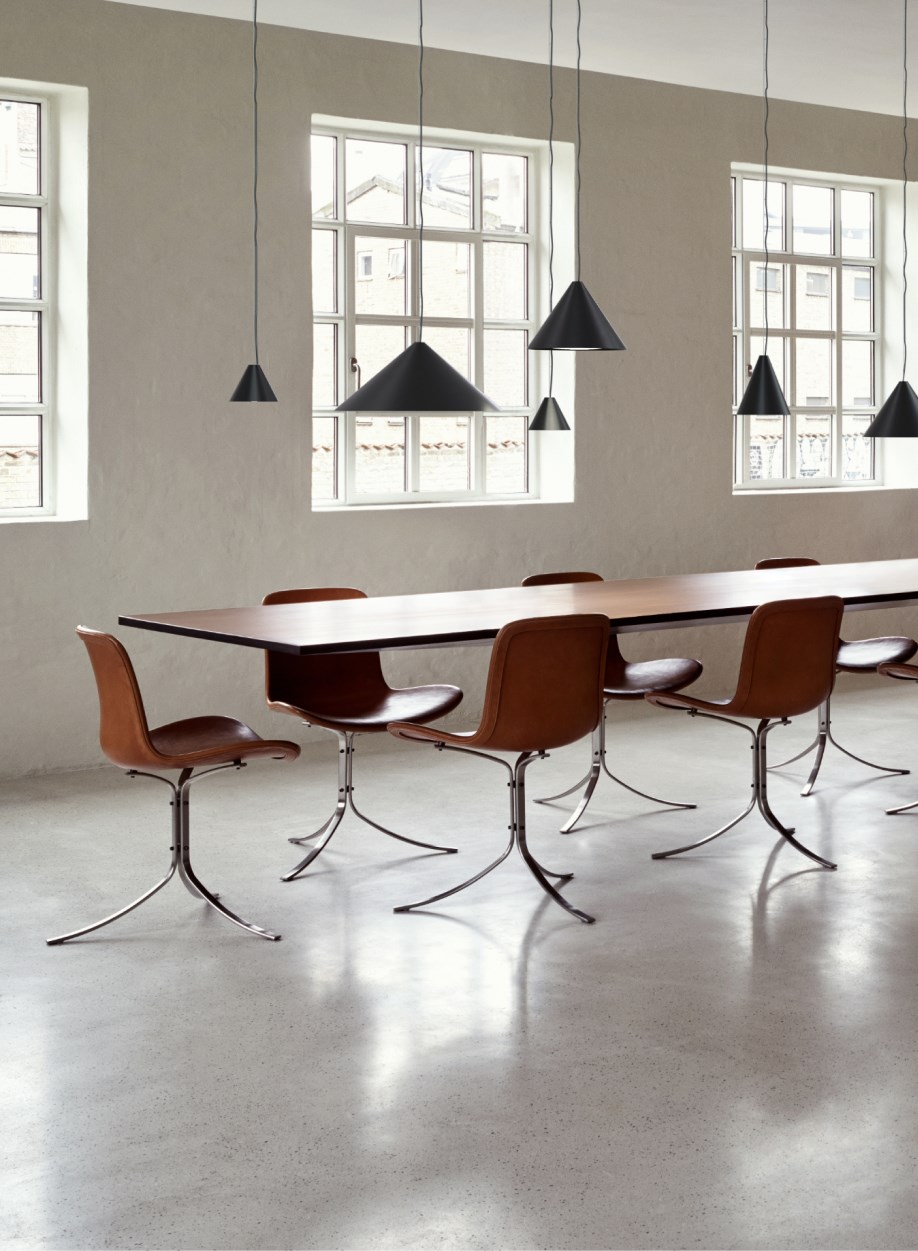
Neutral white: 3300 – 5300K
For working spaces and class rooms where efficiency is essential we recommend a primarily neutral light since it increases concentration. So the color temperature for office lights would be somewhere between 3300 and 5300K. The neutral light is also suitable for shops and super markets where products are presented.
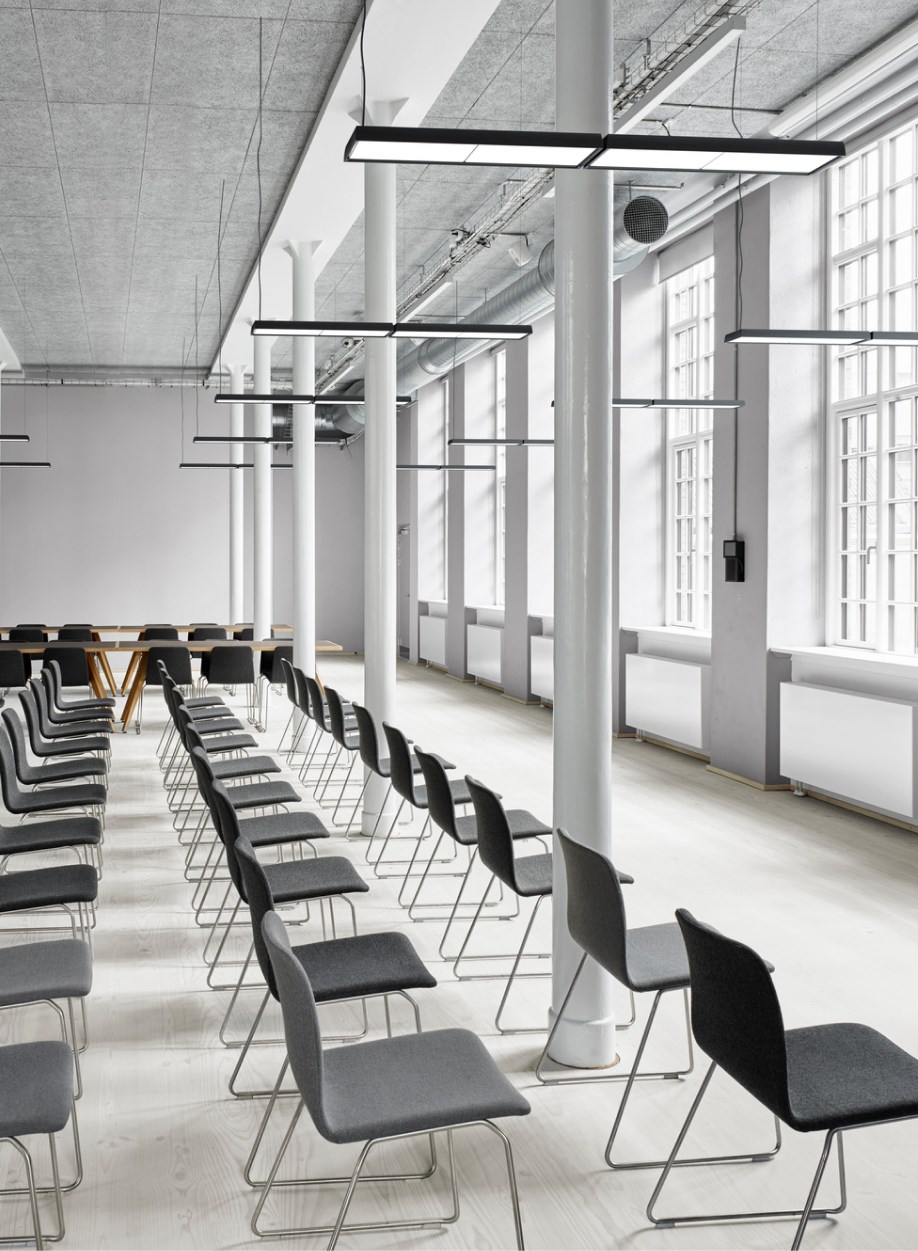
Daylight: >5300K
Color temperatures close to daylight are cold and lies above 5300K. This part of the Kelvin scale is often in use for lighting in hospitals and healthcare facilities and in industry because it creates alertness and increases performance.

